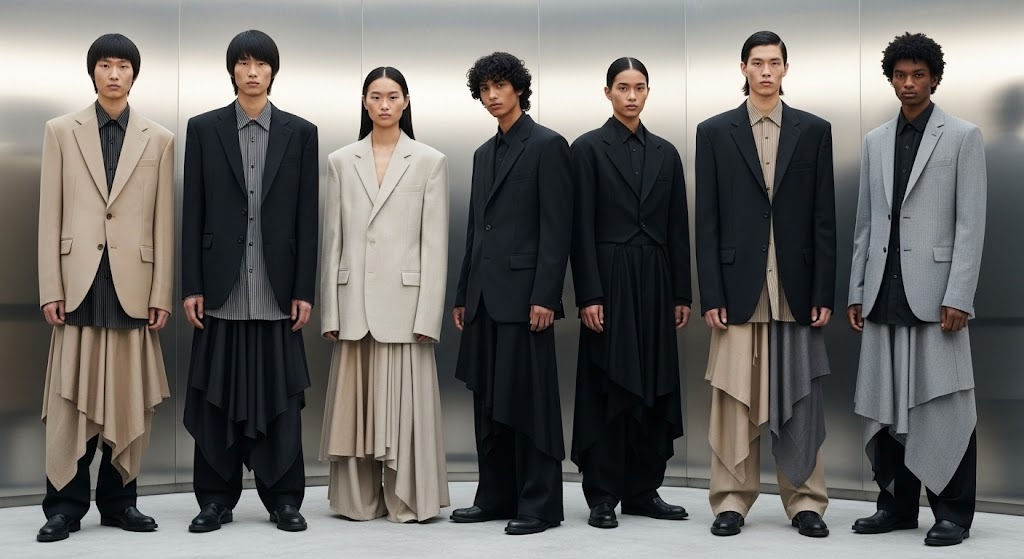Blog
The Rise of Genderless Fashion

The boundaries of fashion are being redefined—and one of the most exciting developments is the rise of genderless fashion. Long considered a binary space, the fashion world is now embracing fluidity, blurring the lines between menswear and womenswear, and celebrating garments that anyone can wear, regardless of gender.
Genderless or unisex fashion challenges the traditional norms that dictate how people “should” dress based on their sex. Instead, it focuses on freedom, fit, and function. Designers are shifting away from gendered silhouettes and sizing, opting for versatile shapes, neutral tones, and inclusive collections that speak to a broader audience.
Leading the movement are brands like Telfar, Collina Strada, and One DNA, along with high fashion houses such as Gucci and Balenciaga, which have featured gender-fluid pieces on the runway. These labels understand that style shouldn’t be limited by labels—that creativity and comfort are more important than conformity.
At the heart of genderless fashion is the idea that clothing should serve the person wearing it, not define them. A jacket is a jacket; pants are pants. What matters is how you feel when you wear them. The growing popularity of oversized fits, relaxed tailoring, and minimal branding makes it easier for everyone to find their place in fashion.
This shift also reflects deeper cultural conversations about gender identity and expression. As society becomes more inclusive and open-minded, fashion is responding with garments that reflect these values. Gen Z, in particular, is leading the charge, rejecting rigid gender roles and embracing a spectrum of style possibilities.
Retailers are catching on. Many stores now organize clothes by category rather than gender. Some websites allow you to filter by fit or color instead of “men” or “women.” These changes may seem small, but they signal a more inclusive future—where people can shop based on taste and comfort, not outdated norms.
Genderless fashion isn’t about erasing identity; it’s about expanding it. It gives people the freedom to be seen, not labeled—to wear what they love, how they love it. In the end, it’s not about fitting into fashion—it’s about making fashion fit us.
